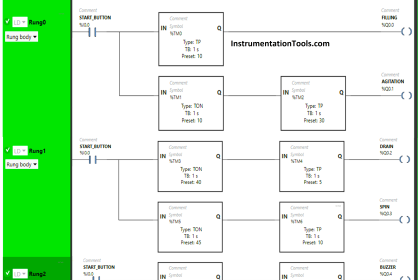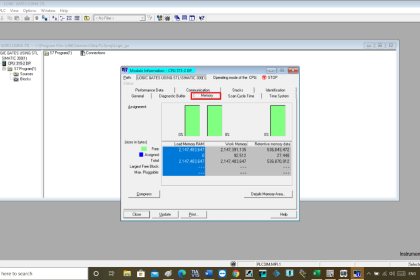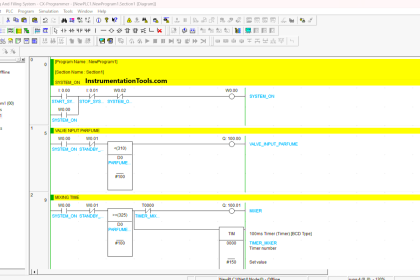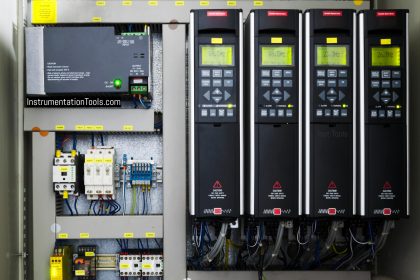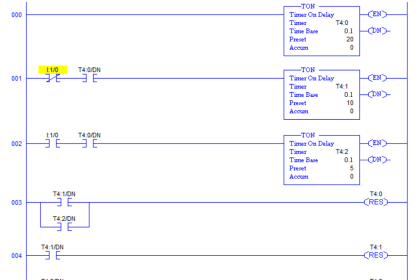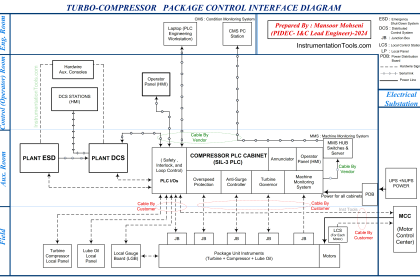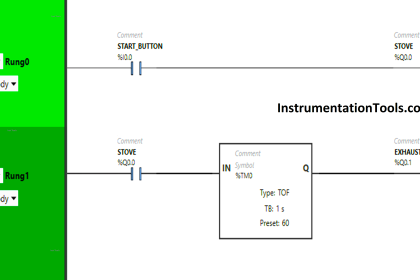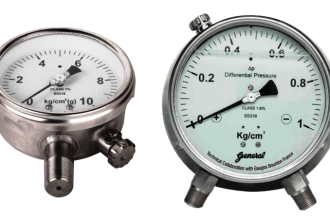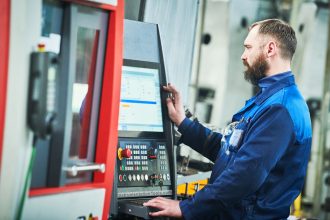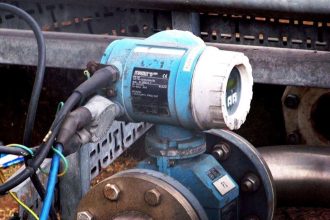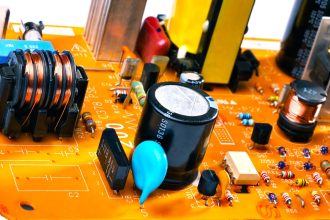In a hazardous environment, it is always necessary that the automation system you deploy is working safely in conjunction with the environment. It should have no effect either on the automation system, nearby personnel or devices. This is because a dangerous environment has flammable liquids, gases, vapor, or combustible dust that can produce an explosion or fire.
Automation System for Hazardous Environments
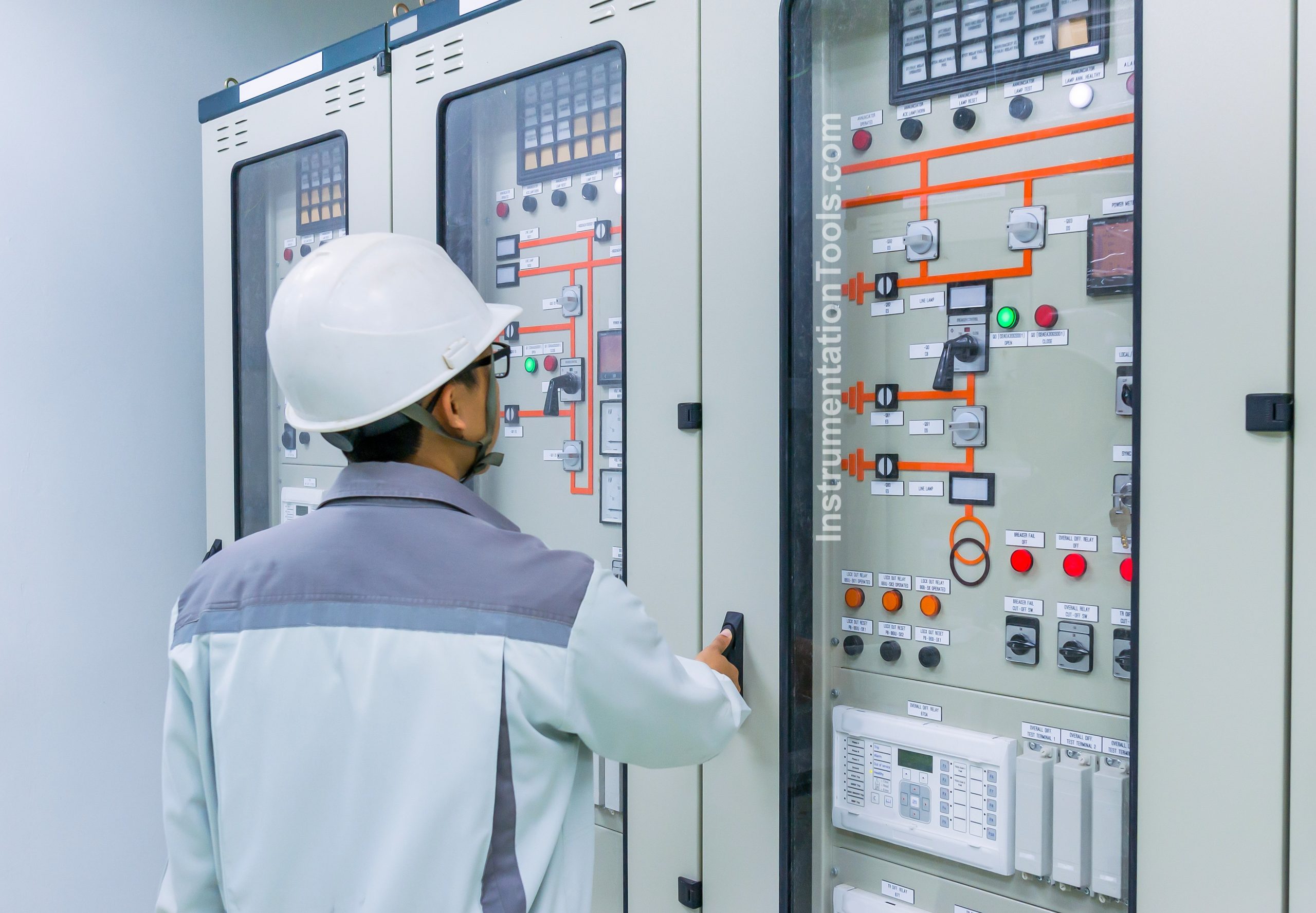
So, there are many design parameters for automation systems that need to be considered for working in dangerous situations. In this post, we will see how you can safely design automation systems in hazardous environments.
Use of intrinsic safe devices in the hazardous area:
It is always wise to choose intrinsically safe devices for use in hazardous environments. Intrinsic safe devices are electronic or electrical devices that keep the output voltage or current to such a level that will not ignite any combustible gas. It has a low operating range and will ensure that its voltage or current output is not exceeded in case of any malfunction.
Due to this, a spark will not occur due to high operating parameters, which in turn will not cause any fire by igniting the nearby gases. Many sensors, barriers, and instruments are available in the market which are intrinsically safe, but they are costlier in price. These devices can then be directly placed in the atmosphere, without any fear of explosion, because you know that their output will never go beyond the high threshold limit.
Use of explosion-proof panels or enclosures:
We can also use explosion-proof panels or enclosures in the system, as they help to prevent any ignition or explosion within that panel only. The hazard will be confined within this enclosure, and the explosion will thus not travel outside the panel. Due to this, it will not ignite any combustible or dangerous gas or vapor. These panels are thus isolated in terms of any explosion or spark inside.
Use of safety devices in a critical environment:
When working near accident-prone zones or dangerous areas, it is essential to save human life or property from any untoward accident. As the process is controlled usually by PLCs, we can use some safety triggering devices as inputs to the controllers.
They can be safety mats, safety fencing, light curtains, emergency stop buttons, or area scanners. They can be given as digital or analog inputs to the PLC, and when the PLC senses it, it can be programmed to generate some outputs for shutting down that zone. Due to this, a person or equipment which has accidentally entered that zone can be prevented from any damage.
Use of intrinsic safe communication protocols:
Standard Ethernet cables are not intrinsically safe, using protocols like Modbus TCP/IP or EtherCAT. They require some external source of protection and safety standards when used in a dangerous environment. Instead, there are many communication protocols which are intrinsically safe like HART, Fieldbus, Profibus PA, or wireless HART.
They mostly use only two pairs of wires which can transmit both signal and power. Due to this, there is less risk of extra voltages being generated during operation inside it. So, you can design it to use them only in hazardous areas, and once the cable enters the safe zone, then it can be transmitted to longer distances through Ethernet or optical fiber cables.
Use of cobots instead of robots:
It is advisable to use cobots or collaboration robots instead of standard robots. Cobots are programmed to work with humans, as they have built-in safeguards to allow them to take special care when working beside employees. Due to this, the nearby personnel are completely safeguarded from any untoward attack or accident from the robot.
As cobots are nowadays extensively used in hazardous areas, their presence ensures a very safe working environment. They have many program features according to ISO standards like hand guiding, safety-rated monitored stop, and synchronization of its speed and separation with a nearby worker.
Risk management:
When industrial companies frequently check risk assessment factors, the safety of the environment is automatically ensured. These risk assessment techniques and factors can be referred to in various international standards like IEC61508, ISO13849, and ANSI B155.1.
This ensures that all the production and engineering activities in a plant are working together to identify potential hazards, risk levels associated and measures on how to overcome a risk if occurred. As automation systems work automatically, regular training and maintenance are a must for the operators and engineers to work safely.
In this way, we saw how you can safely design automation systems in hazardous environments.
Read Next:
- Daily Plant Watering PLC Programming
- PLC Ladder Logic for Garage Gate Control
- Basic PLC Exercise on Heater and Cooler
- PLC Example on Switch Program with Timers
- Coffee Machine PLC Programming Problem
